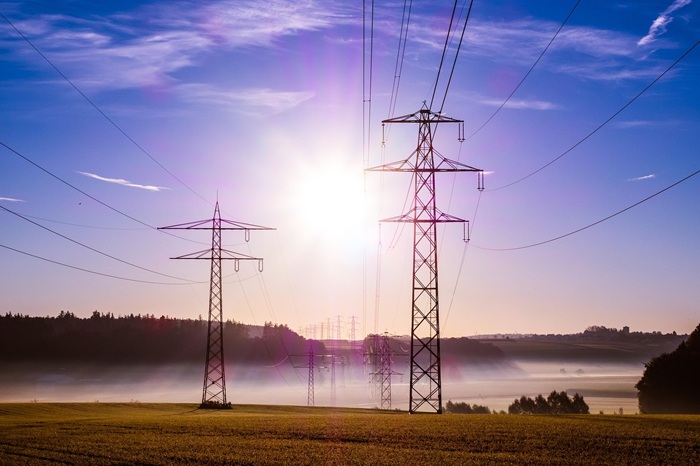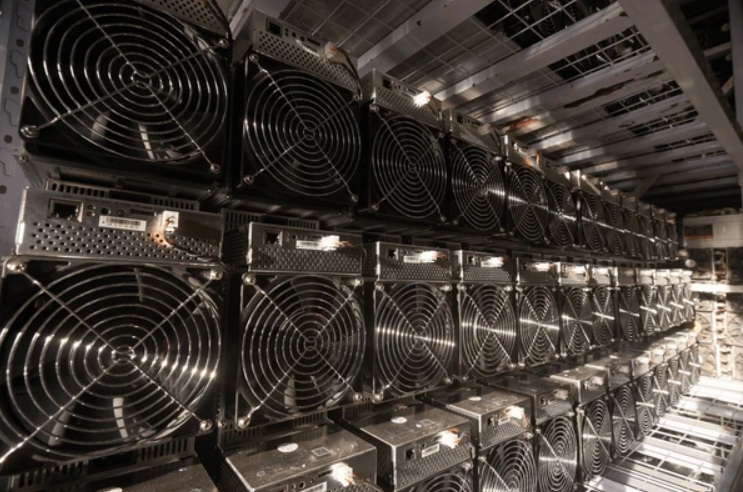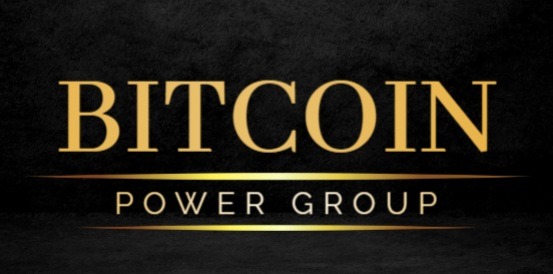
How Bitcoin Mining Enables Flexible Power Demand and Energy Flexibility
Bitcoin mining, when strategically deployed, can transform from an energy-hungry liability into a valuable asset for balancing modern energy networks. By acting as a flexible and mobile load, Bitcoin miners can absorb excess renewable energy, stabilize grids, and accelerate the energy transition. The key lies in aligning incentives, advancing policy frameworks, and promoting transparency in mining operations. In doing so, Bitcoin mining can play a constructive role in the future of sustainable energy.
The Role of Bitcoin Mining in Grid Stability
Bitcoin mining, when strategically deployed, can transform from an energy-hungry liability into a valuable asset for balancing modern energy networks. By acting as a flexible and mobile load, miners can absorb excess renewable energy, stabilize grids, and accelerate the energy transition. The key lies in aligning incentives, advancing policy frameworks, and promoting transparency in mining operations. In doing so, Bitcoin mining can play a constructive role in the future of sustainable energy.
Balancing Energy Networks
As the global energy landscape transitions toward decentralized, renewable, and intermittently available power sources, a critical challenge emerges: how to balance energy networks efficiently. Interestingly, one unlikely ally is stepping into this arena, Bitcoin mining. Once widely criticized for its energy consumption, Bitcoin mining is increasingly being recognized as a flexible and responsive tool for enhancing grid stability and supporting the integration of renewable energy.
Why Energy Networks Need Balancing
Electricity grids must constantly maintain a balance between supply and demand. Too much electricity in the system can overload infrastructure, while too little can result in blackouts. This delicate balancing act becomes even more difficult when incorporating renewable energy sources like solar and wind, which are intermittent and less predictable.
Traditional power plants can ramp up or down production to match demand, but they’re not always fast or efficient. This is where flexible, responsive demand becomes valuable, enter Bitcoin mining.
Renewable Energy Integration Through Flexible Demand

One of the most transformative aspects of flexible power demand is its ability to accelerate the adoption of renewable energy. Wind and solar are inherently variable, often generating electricity when demand is low, leading to energy curtailment or underutilized assets. Flexible consumers like Bitcoin miners can adapt their operations in real-time to absorb this excess renewable energy, creating an economic incentive to build more clean generation. By acting as a dynamic buyer of last-resort, mining operations help smooth out the volatility of renewables, making the entire grid more reliable and sustainable.
Click here to learn about green Bitcoin mining.
Click here for Clean Power Solutions & Sustainability
Bitcoin Mining as a Flexible Load
Bitcoin mining operations are essentially data centers that solve complex mathematical problems to validate blockchain transactions. These operations consume large amounts of electricity and can be quickly turned on or off without financial penalty, unlike many industrial processes that require stable power.
This characteristic makes Bitcoin mining an ideal candidate for a “controllable load” in energy systems. When energy is abundant—say, during a sunny afternoon with high solar production or a windy night, miners can ramp up operations, absorbing excess electricity that might otherwise be wasted. Conversely, during peak demand periods, they can reduce activity or shut down altogether, relieving pressure on the grid.
Bitcoin Mining in Action

- Texas and ERCOT (Electric Reliability Council of Texas)
In Texas, where the energy grid is largely independent, Bitcoin miners have partnered with ERCOT to participate in demand response programs. Several mining firms, such as Riot Platforms and Lancium, are located near wind and solar farms and adjust their energy usage in real time based on grid conditions. - Iceland and Hydro Power
In Iceland, where geothermal and hydroelectric energy are plentiful but isolated from larger grids, Bitcoin mining helps monetize excess energy that would otherwise go unused due to limited local demand and no ability to export. - Canada and Remote Hydroelectric Projects
In rural regions of Canada and in some countries in Africa, Bitcoin mining has helped make small-scale hydroelectric projects economically viable, providing an immediate and mobile customer for surplus energy.
Benefits of Flexible Power Demand for BTC Mining and Communities
For the Bitcoin mining industry, embracing flexible power demand isn’t just about grid support, it’s a strategic advantage. By participating in demand response programs and adjusting consumption based on grid needs, miners can access lower electricity rates, reduce operational downtime during peak-cost hours, and even earn revenue for curtailing usage. This model improves profitability and resilience in volatile energy markets.
At the same time, communities and infrastructure also benefit. Flexible power demand helps stabilize local grids, reduces the need for costly peaker plants, and makes renewable energy projects more economically viable by providing a steady, dispatchable buyer. It can also incentivize infrastructure upgrades in underdeveloped areas, creating local jobs and improving grid reliability for everyone—not just the miners.
Integrating Artificial Intelligence

A New Frontier for Flexible Power Demand
As the demand for AI infrastructure surges, Bitcoin mining companies are increasingly repurposing or sharing their high-capacity energy setups to support AI data centers. Both industries require massive, energy-intensive compute power, but unlike AI workloads, Bitcoin mining is uniquely interruptible and time-flexible, making it an ideal “shock absorber” for grid balancing. By dynamically adjusting mining operations when AI workloads peak or electricity prices spike, these hybrid facilities can maximize uptime for AI applications while preserving grid stability. This emerging synergy underscores how flexible power demand isn’t just a benefit to energy networks, it’s a competitive edge in the AI era.
Environmental and Economic Impacts
While Bitcoin mining’s historical reputation has been marred by its carbon footprint, the picture is evolving. Today, many mining operations seek out the cheapest, often renewable, electricity, driven by economic incentives. This trend contributes to:
- Increased renewable energy deployment: By providing a financial off-ramp for surplus energy.
- Grid modernization: By incentivizing infrastructure investment and improved load management.
- Reduction of energy waste: By capturing and using energy that would otherwise be curtailed or lost.
Furthermore, mining can serve as an anchor tenant for underutilized energy projects, offering steady revenue streams that make green infrastructure more bankable.
Challenges and Considerations
Despite the benefits, several challenges remain:
- Public perception: Bitcoin mining is still widely criticized for its energy use, and not all operations are created equal, some still rely on fossil fuels.
- Regulatory uncertainty: Government policies are evolving, and inconsistent regulation can hamper the integration of mining into energy systems.
- Market volatility: The economics of Bitcoin mining are tied to cryptocurrency markets, which can be unpredictable.
To maximize benefits, policymakers must incentivize clean, responsive mining practices and integrate miners into formal energy market structures, such as demand response and ancillary services.

